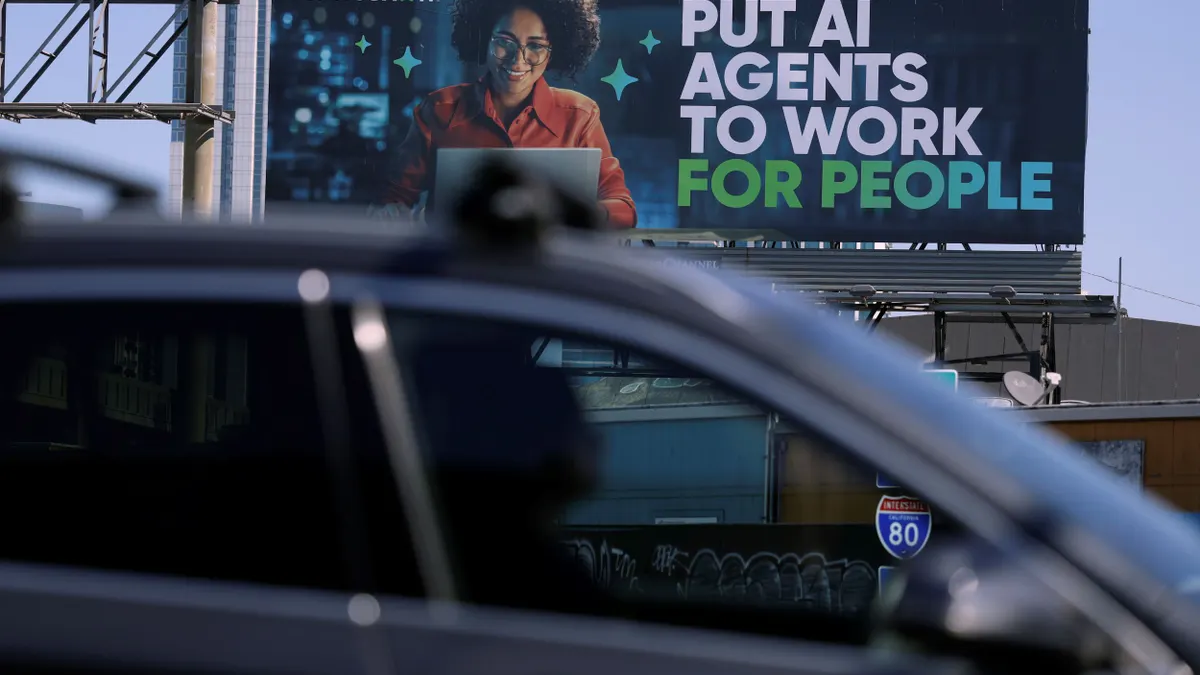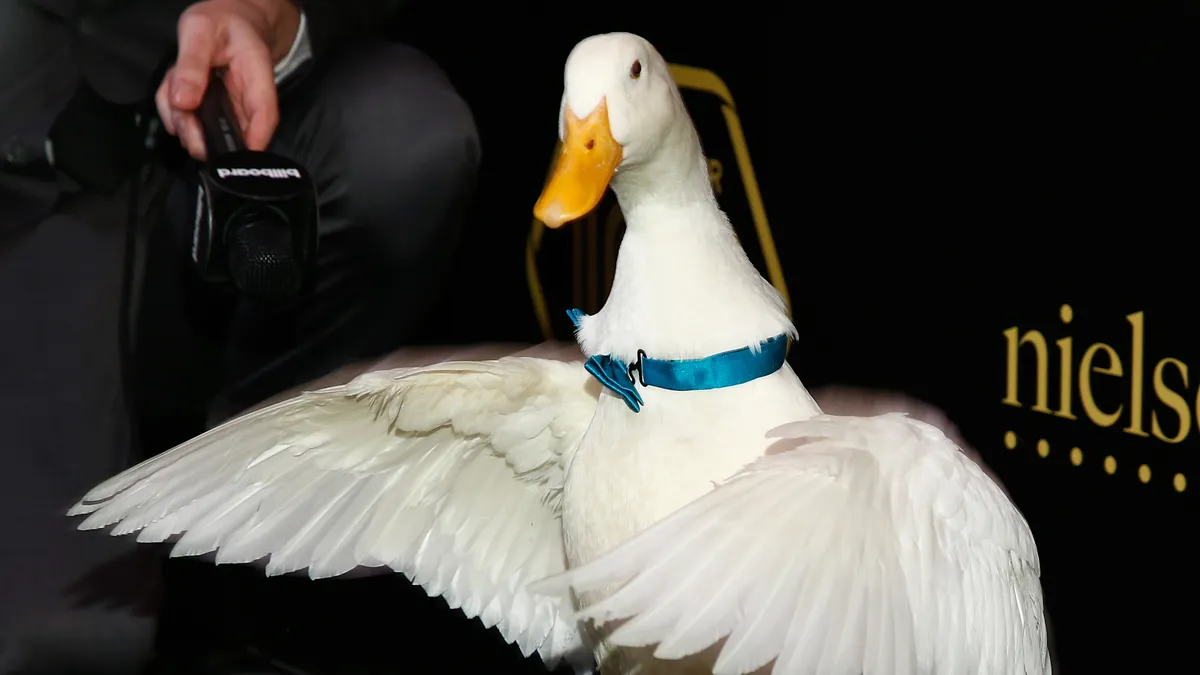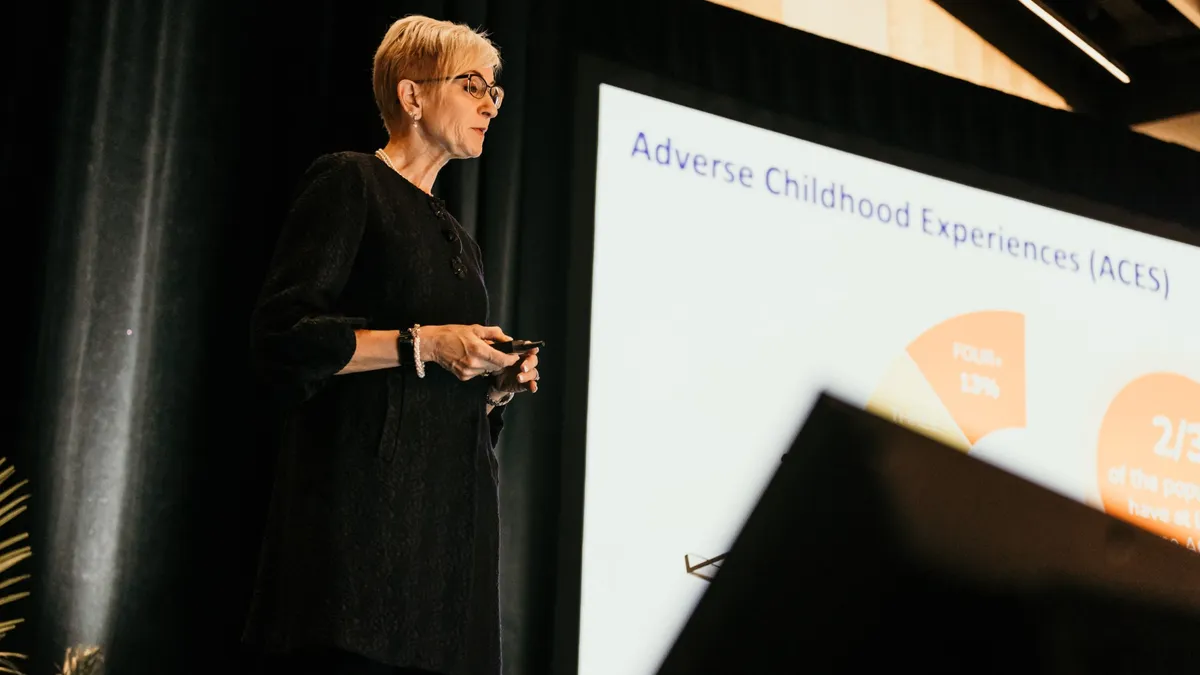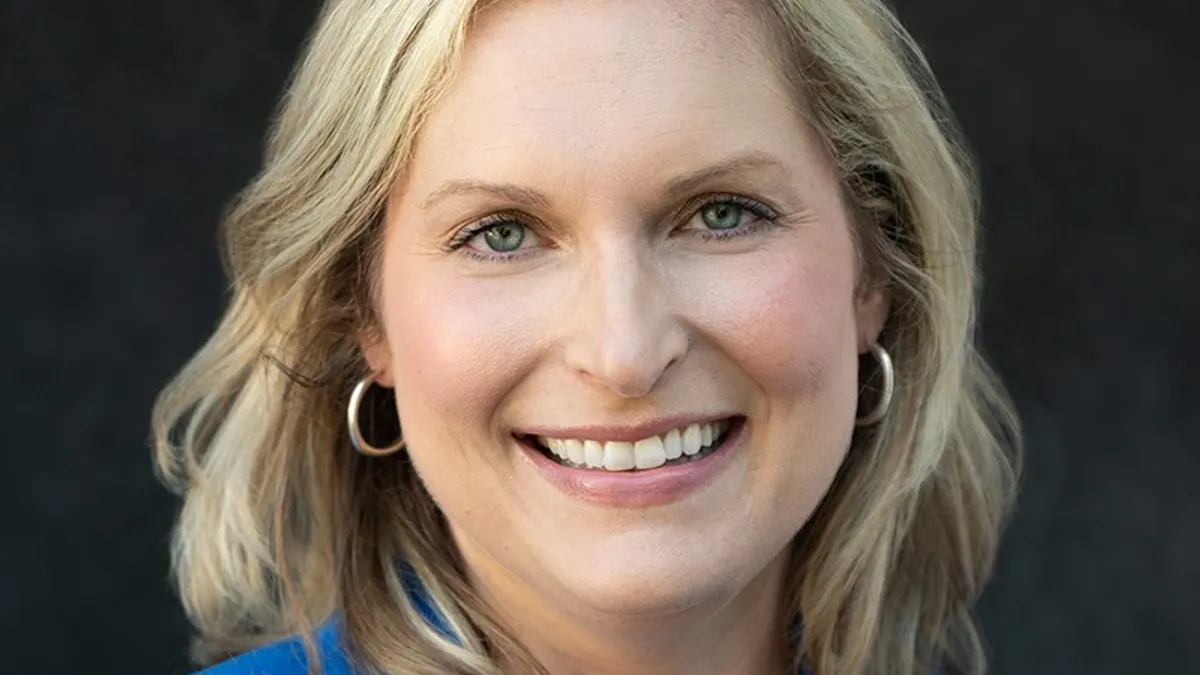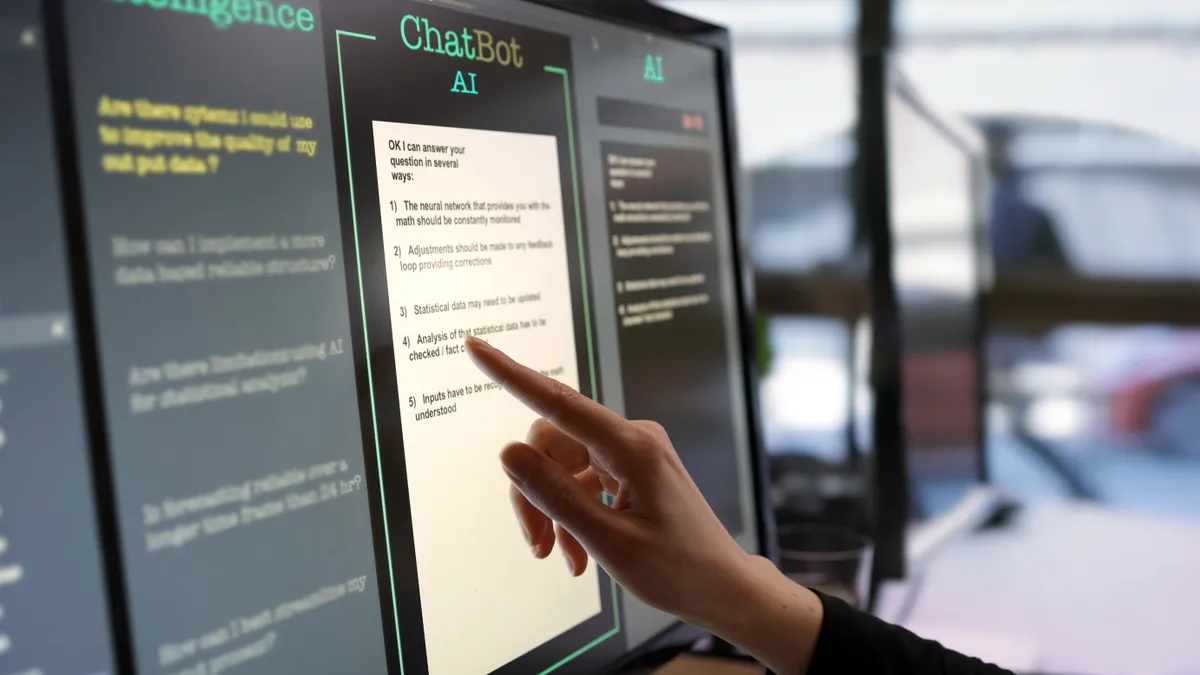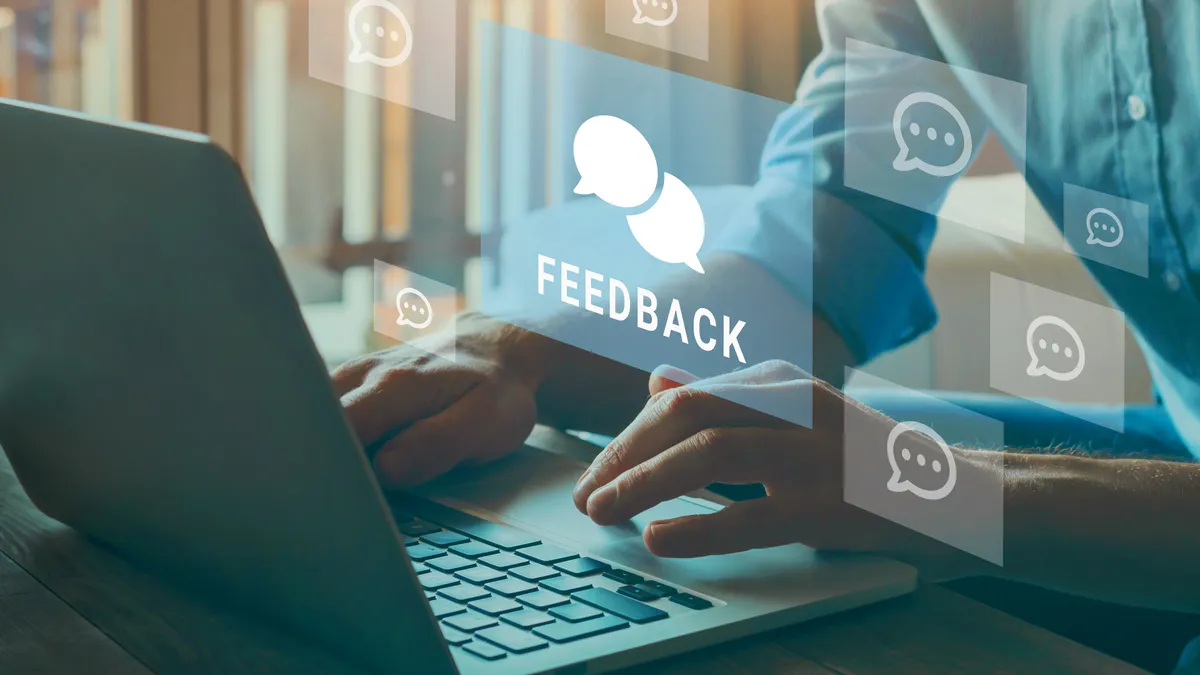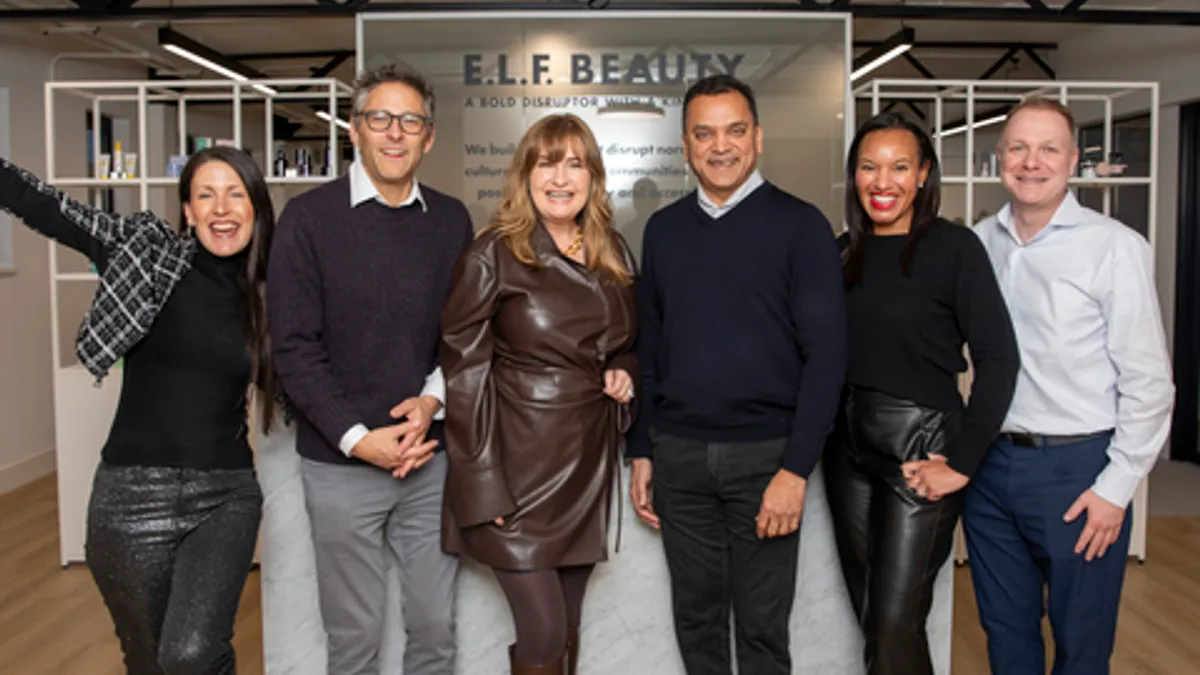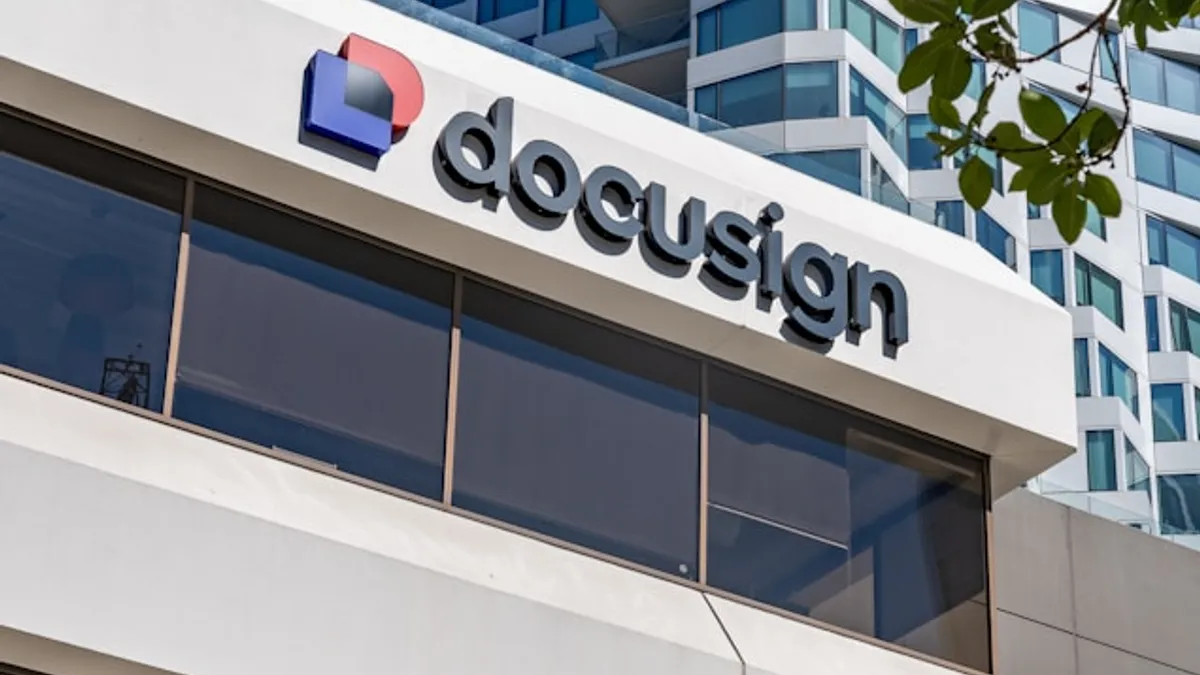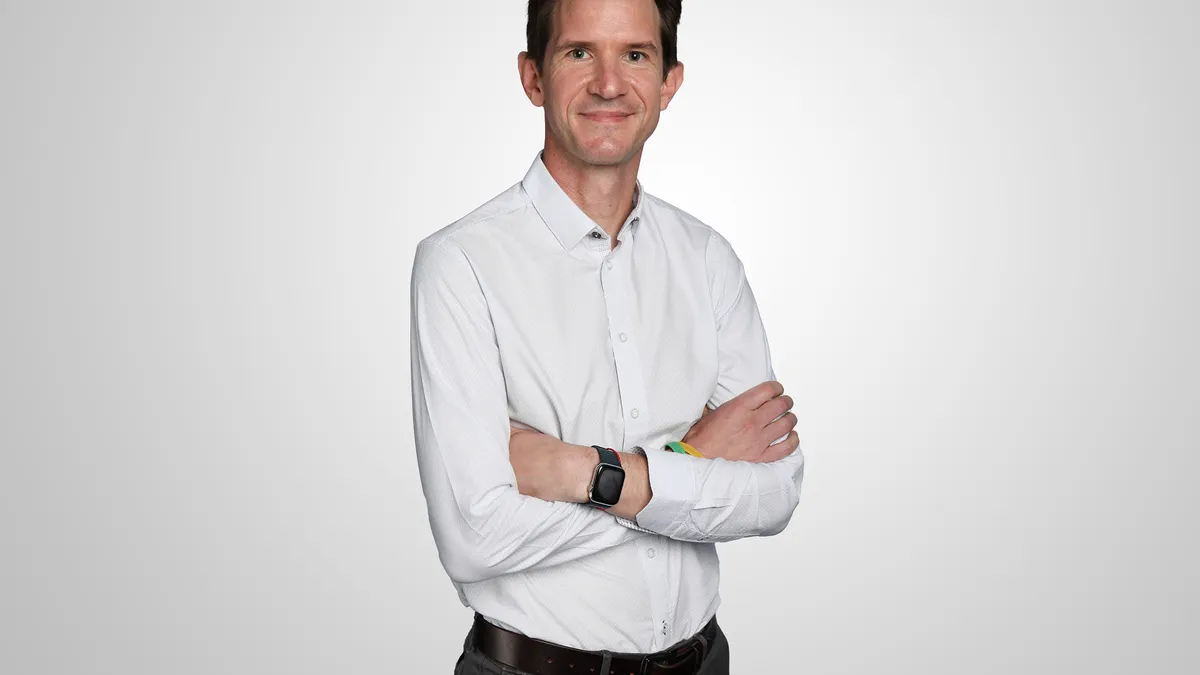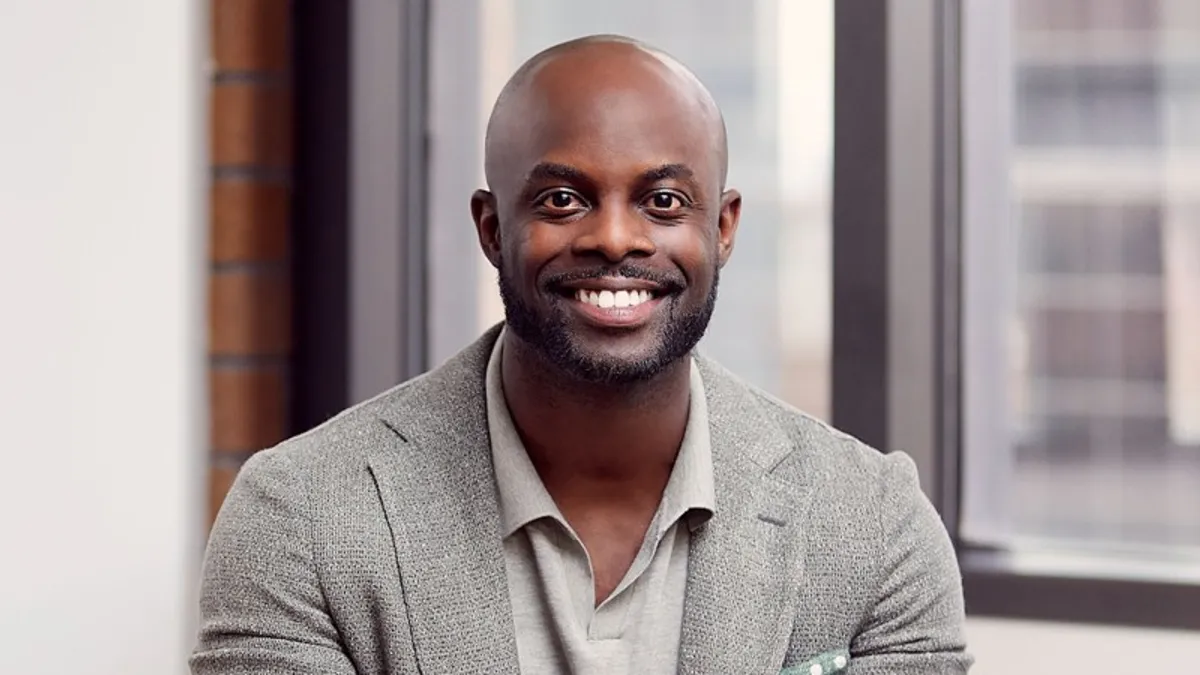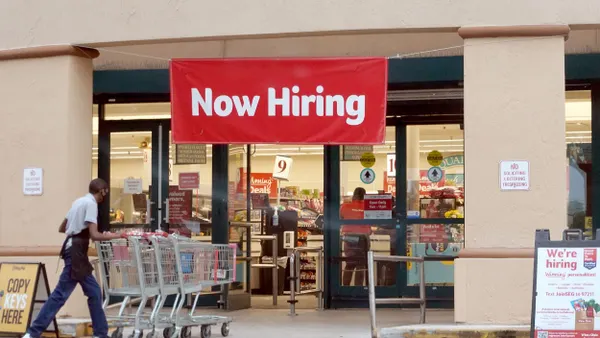Ciara Harrington wanted to be a business executive since she was a little girl.
“When everyone else was wanting to be actors and firemen, I used to carry my dad’s briefcase around and pretend I was an important business person,” Harrington told HR Dive.
Now, she’s the chief people officer of Skillsoft, an educational technology company.
Harrington had an academic interest in math but also in human behavior and found her entry into human resources through compensation and benefits.
“I really found my sweet spot. I think it was an area of HR I didn’t really realize existed where there was this world where you were in HR, but there was lots of data and analytics,” Harrington said.
She moved into consulting for nearly a decade, developing and honing her problem-solving and change management skills, before moving back into corporate HR.
“Consulting is very much the minute you finish building something, you go off to the next client, you take their chaos, you fix it, and then you move on,” she said. “I like to live in a world where you live the benefits of the things that you create, and you continue to see how they unfold.”
Editor’s note: This conversation was edited for clarity and length.
HR DIVE: What are the challenges surrounding artificial intelligence in the workplace?
CIARA HARRINGTON: One of the things I try to say to people here at Skillsoft is we’ve all been on this journey many times before: when we invented the steam engine and we didn't have to use horses anymore, or when we invented computers and the internet and the ability to share information. AI is that on a bigger scale, but it is just a tool to help us, as humans, to do our job better.
Instead of looking at AI as taking your job, let’s look at it as a way to do all of that administrative work that takes all your time, and then take that time and use it to coach leaders, to be there for team members, to drive engagement, to really help where it matters. The human element still exists, and I think that’s where people need to lean in.
Learn about it, engage with it. It is not true that AI is going to get rid of all jobs, but it probably is true that if you don’t embrace AI and learn how to use it to make yourself more productive, you will eventually likely get left behind. If you couldn’t use an iPhone or you couldn’t use a computer, you would be in the same boat.
How can companies address training and upskilling?
You have to look at learning as an investment in growth, an investment in productivity and an investment in skill building. If you can teach your employees how to harness AI, they will be more productive, they will be more efficient and effective, and they will be able to spend more time on higher level, strategic items.
We have found getting people to take AI training has not been too difficult. Once you message it the right way, where you get people excited and energized about it, and you’re open and honest with your strategy about how you plan to use AI, then you create this engagement with it.
It’s really important people understand how to use AI and where your responsibility is as a human. You can have AI write an email for you, but once you send that email that’s sent under your name and you are responsible for making sure what the email said is accurate. You need to create a culture where you maintain that level of review and responsibility with your team members.
When you’re not working in the C-suite, what do you do in your free time?
I have a dog, and I walk her every day for 30 minutes. It’s my fresh air and my me time. I have two boys, and they are big into sports. When I’m not working or walking the dog, usually I am on the sideline at a sporting event of some sort. If I have any time left, I live in Austin, Texas, and there is a really great restaurant scene here. My husband and I really love to go for nice dinners and see some live music.







